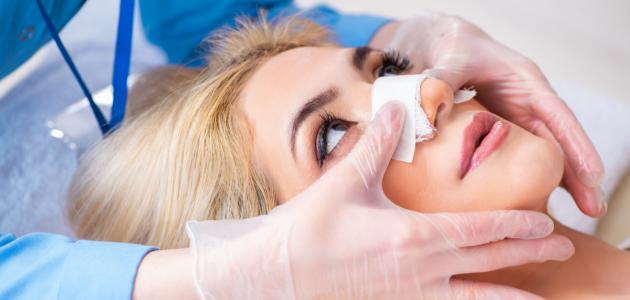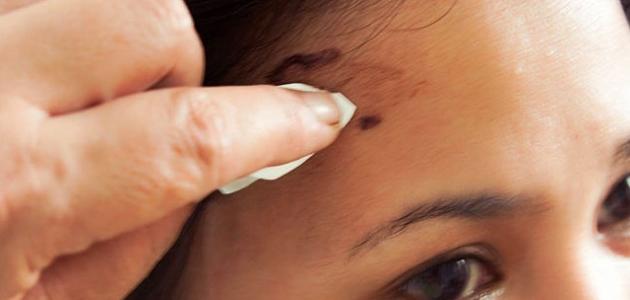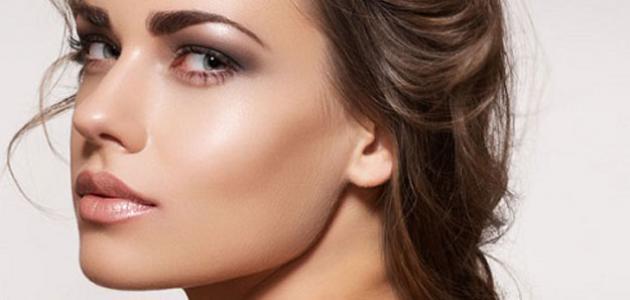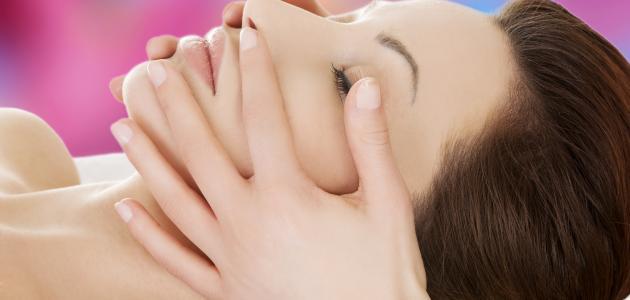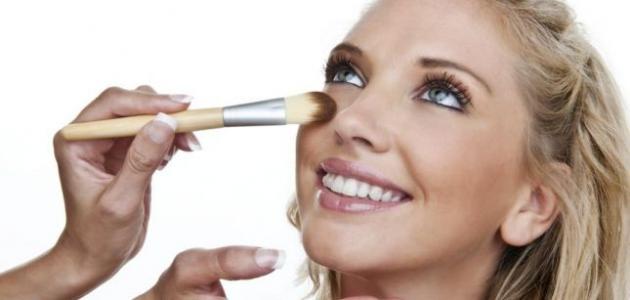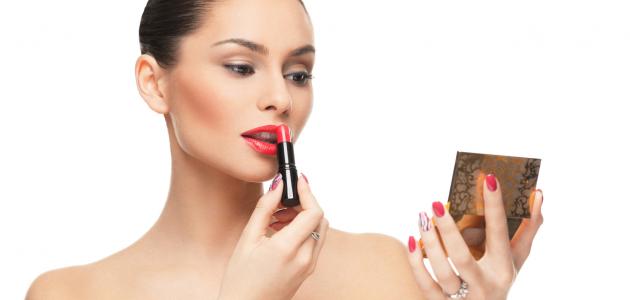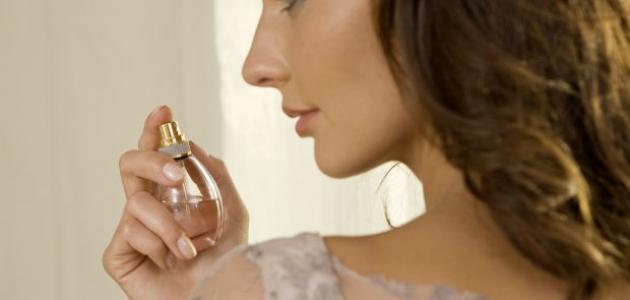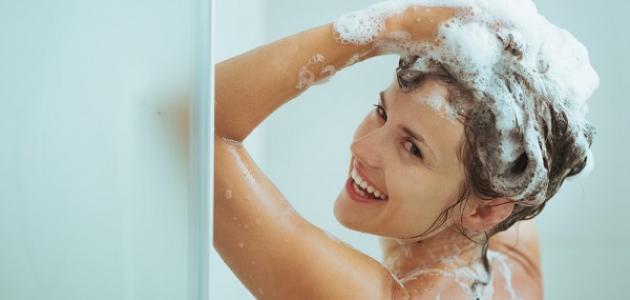Contents
Rhinoplasty
Rhinoplasty or rhinoplasty is one of the common cosmetic options that people who are not satisfied with the appearance of their nose resort to and include changing the size of the nose so that it becomes larger or smaller, or making some changes to the external appearance of the nose, including the nostrils, or Adjusting the angle at which the nose meets the mouth, and in addition to the cosmetic benefit provided by this type of surgery, is resorted to in the event that the nose is exposed to an injury or disease that affects its external shape or function, and in some cases where the person faces breathing problems related to the nose. [1] [2]
To learn more about rhinoplasty, you can read the following article: ( How is rhinoplasty performed ) .
After rhinoplasty
In fact, recovery and return to normal life after undergoing rhinoplasty takes time, and it may vary between each person. Although it usually takes 7-10 days for the person to return to his normal life after the operation, some people may need a period of up to two weeks, and the individual is advised during this period to get a rest from the workplace or study, and it is also important to avoid Exposure to any allergens or sneezing, and it is worth noting that the individual is expected to feel better day after day during this period, and in general the most important aspects that a person undergoing rhinoplasty should know during the recovery period and beyond can be explained as follows: [3] [4] [5]
Side effects after rhinoplasty
There are a number of side effects expected in the short period after rhinoplasty, which are often only a temporary inconvenience to the subject, and they can be explained as follows: [6]
- And effects of anesthesia problems side: often resort to put under a facelift nose under general anesthesia, [2] It is natural to feel the individual disturbed, dizziness, nausea after outclassing of the general anesthetic, but despite the side effects assigned to general anesthesia , but the medical care and progress The medical profession in this field has greatly contributed to the relief of discomfort and nausea after anesthesia. [7]
- Pain and discomfort: The pain after rhinoplasty is mild to moderate, and it can be controlled with sedative treatments prescribed by the doctor, and the pain intensity usually begins to decrease within 72 hours after the operation. [6]
- Swelling and swelling in the face: The appearance of bruising and the amount of swelling occurring in the nose and the area around the eyes after rhinoplasty varies from one person to another, and also depends on the nature of the cosmetic procedure in the nose. For example, if the change made is limited to modifying the front of the nose, the swelling is often very slight. [6]
- Bloody secretions from the nose: It is expected that blood secretions will come out after any surgery that is performed on the nose, and therefore the doctor usually installs a bandage or gauze in the form of a mustache under the nose for a day or two to solve this problem. [6]
- Nasal obstruction: The obstruction of the nose is one of the most uncomfortable problems for those undergoing rhinoplasty, and it is more severe in the first week after the operation, but it often improves significantly after removing the nasal stents, and any remaining feeling of blockage reduces. [6]
- Increased mucous secretions: It is usual for the person undergoing rhinoplasty to feel congestion or mucus gathering in the throat after the operation, and this is due to the effect of the stents installed inside the nose that stimulate the nose to secrete more mucus, but this discomfort goes away after removing the nasal stents. [6]
- Feeling numbness in the nose and mouth: rhinoplasty causes a temporary disturbance in the nerves in the area, specifically in the front of the nose, the front teeth, or the roof of the mouth, and it is worth noting that the normal sensation in the area often returns during the weeks following the operation or may require several months In some rare cases. [6]
- Noticing changes in the sense of smell and taste: Changes in the sense of smell and taste are normal in the recovery phase after rhinoplasty, but these changes are often temporary, and disappear after one to two weeks after the operation. [6]
To learn more about the effects of rhinoplasty, read the following article: ( Harms of rhinoplasty ) .
Post rhinoplasty instructions
The doctor usually puts a medical adhesive and external bandages on the nose after the operation, and to maintain the new shape of the nose during the initial recovery phase, the doctor may install a plastic or metal stent inside the nose if necessary, and the nostrils can also be filled with gauze or cotton bandages if the operation includes The surgical procedure is any procedure on the nasal septum, in addition to that, the doctor who is undergoing the operation recommends following some instructions and advice, and the following is an explanation: [7]
Care of the surgical wound
Among the advice that the doctor provides to take care of the operation wound, we mention the following: [8] [9]
- Make sure that the medical tape that the doctor put on the nose remains in place.
- Change the dressing that the doctor placed under the nose to absorb the blood secretions as frequently as needed.
- Avoid blowing the nose as much as possible for a week after the operation.
- Not to wear glasses until the nose heals after the operation, that is, for about two months, but it is allowed to use contact lenses during that time.
- Apply the ointment recommended by the doctor in case there is an external wound for the operation between the two nostrils, using a cotton swab three times a day until the threads used to close the external incision of the operation dissolve for a period of about a week.
- Make sure to inspect the operation wound - if any - and check for any signs of infection.
- Not to put any cosmetics on the operation wound - if any - until the doctor permits it.
- After removing the external dressings, it is allowed to wash the hair and face while trying to avoid water getting into the operation or the inner nose brace, and if some water gets to it in the meantime, it does not cause any problems or cause any harm to it, but it is prohibited to apply water directly to the internal stent. .
- Avoid exposing the operation wound - if any - to direct sunlight for a period of approximately one year, and during that period a sunscreen with a protection degree of no less than 30 should be applied, because exposure to the sun makes the operation wound more visible. [9] [10]
- Start using saline nasal solution a day or two after the operation, at a rate of at least four times a day or as needed. [8]
How to reduce swelling and puffiness
Usually feel people after the operation , there is a simple swelling may last for a period of 3-12 months, and therefore advised to be patient until the passage of this period, the following statement to some of the highlights of tips that may be possible to help alleviate the swelling and swelling after undergoing a facelift nose: [ 4]
- Applying cold compresses: by using compresses and applying them to the forehead, cheeks, and eyes; Taking into account not to place it on the nose directly to avoid nosebleeds or any displacement of the bones or cartilage as a result of pressure on the nose if ice is applied directly to it, and cooling the area for 24-72 hours after the operation helps reduce swelling by reducing Blood flowed to her.
- Facilitate the flow of fluid accumulated in the swollen areas of the nose: by using at least two pillows to lift the head, which helps to reduce fluid accumulation and thus reduce inflammation and swelling.
- Drinking water: People are usually advised after the operation to drink more water. This has benefits in enhancing the work of the circulatory system and the lymphatic system, which contributes to the body's ability to reduce fluid accumulation in the nasal area.
- Avoid salt: It is advised to avoid salt and foods and drinks rich in sodium. This is to avoid fluid retention, which increases swelling and swelling.
- Avoid heat: by avoiding prolonged bathing in hot water, or using saunas, or anything that may expose the body to high degrees of heat, as it may lead to loosening of the bandages placed before the date of removal, in addition to the high temperature increases swelling and swelling.
Instructions regarding physical activity
Usually after a rhinoplasty, people are advised with some instructions that prevent the body from being exposed to physical stress, so it is possible to walk as much as the person wants, but it is advised to avoid running or doing any of the aerobic exercises , in addition to avoiding carrying children And anything weighing more than five kilograms, and it is worth avoiding leaning forward and lowering the head. [8]
Diet and smoking
Determining the diet during the first 24 hours after the operation aims to reduce the side effects of anesthesia. By consuming light and cold food and drinks such as soft water, crackers, and ginger drink, and people can return to the usual diet after the first week after the operation, and during this first week it is recommended to eat easy-to-chew foods such as mashed potatoes, juices, oats, and soup, in addition to avoiding Hot and spicy foods and drinks; As it may increase the swelling and swelling associated with the operation, [11] and smoking greatly affects the outcome of the operation through its effect on the blood vessels. Therefore, people should avoid smoking two weeks before the operation in addition to two weeks after the operation. [6]
See a doctor
People should see a doctor frequently after the operation in order to receive aftercare. Where the doctor removes the nasal fillings after several days of performing the operation, removing the suture narrowing the nostrils after three days, and making sure that all the sutures are removed or dissolved within 14 days of the operation, but it is worth noting that there are some symptoms and signs that require returning to the doctor If they do appear, some of the most important ones are listed below: [9]
- Increased redness around the wound.
- Feeling severe pain that does not subside despite the use of analgesics.
- Having side effects from one of the medicines, such as rash, nausea, vomiting, and headache.
- The body temperature measured through the mouth increased to more than 38 ° C.
Waiting for rhinoplasty results
The changes appearing on the nose are often apparent after the swelling goes away, and a remarkable aesthetic change occurs in the individual's external appearance, although the changes that the doctor makes to the structure of the nose do not usually exceed a few millimeters, but the final appearance of the nose requires a period of time It may be up to a year, during which many slight gradual changes are observed in the shape of the nose until it reaches the last and permanent shape, and therefore the doctor can be consulted after a year of rhinoplasty to discuss the results of the operation and the shape of the nose, and it should be noted that the cases in which the subject of the operation requests more Changes to its shape, and thus undergoing another surgery, require waiting at least a year from the first operation before performing any other rhinoplasty. [3] [12]
Rhinoplasty complications
In addition to the importance of following the approved surgical steps and techniques, rhinoplasty depends on the experience and skill of the plastic surgeon to obtain the required results and avoid any errors or complications after the operation, and following the rhinoplasty patient with all the instructions and recommendations ordered by the doctor is also necessary to prevent the occurrence These complications, and it can be said in general that rhinoplasty is relatively safe, and the possibility of complications after it is very rare, and we mention the following: [13]
- Short-term complications: Rhinoplasty may lead to some complications in the short term, but its occurrence is very rare, examples of which are: postoperative nosebleeds, infection, and slow healing of the operation wound. [14]
- Long-term complications: Rhinoplasty may lead to some cosmetic or functional complications in the long term in some rare cases. The following is a statement of some of the complications that the subject may suffer: [3] [14]
- Feeling of permanent numbness in the nose and surrounding area.
- A medical error may occur that can cause cosmetic defects in the nose. Therefore, we stress the importance of undergoing rhinoplasty by a skilled and experienced doctor.
- Feeling of constant pain in the nose, in addition to changes in its color or continuing to be swollen and swollen.
- The need for another surgery to correct a breathing problem that arose after undergoing rhinoplasty or in the event that the final outcome of rhinoplasty is not satisfied.
References
- ↑ "Rhinoplasty: What to expect before and after a 'nose job'" , utswmed.org , Retrieved 10-09-2019. Edited.
- ^ A b "Nose a reshaping (Rhinoplasty)" , Www.nhs.uk , Retrieved 10-09-2019. Edited.
- ^ A b t " Nose Job" , Www.mayoclinic.org , Retrieved 10-09-2019. Edited.
- ^ A b "RHINOPLASTY the POST SURGERY CARE: 8 WAYS TO REDUCE SWELLING AFTER the RHINOPLASTY" , Bartlettfacialsurgery.ca , Retrieved 9-10-2019. Edited.
- ↑ "Rhinoplasty for Allergy Sufferers" , www.southfloridarhinoplasty.com , Retrieved 10-09-2019. Edited.
- ^ A b t w c h x d y " of After Nose Job" , Https://www.drducic.com , Retrieved 10-09-2019. Edited.
- ^ A b "Instructions of After For Your Surgery" , Korearhinoplastycenter.com , Retrieved 10-09-2019. Edited.
- ^ A b T. "Caring For Yourself After Nose Job" , Www.uwhealth.org , Retrieved 10-9-2019.
- ^ A b t " Nose Job (Nose Surgery)" , Www.med.umich.edu . Edited.
- ↑ “AVOID THESE SIX MISTAKES AFTER RINOPLASTY” , www.rhinoplastyrevisions.com . Edited.
- ↑ "29 Questions About Rhinoplasty: Part 2" , www.my-plastic-surgeon.com , Retrieved 9-10-2019. Edited.
- ↑ "What results should I expect after rhinoplasty?" , www.plasticsurgery.org , Retrieved 9-10-2019. Edited.
- ↑ "Risks and complications in rhinoplasty " , www.ncbi.nlm.nih.gov , Retrieved 10-09-2019. Edited.
- ^ A b "Complications In Nose Job" , Www.rhinoplastyarchive.com , Retrieved 9-10-2019. Edited.
